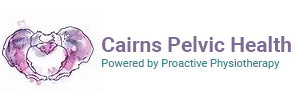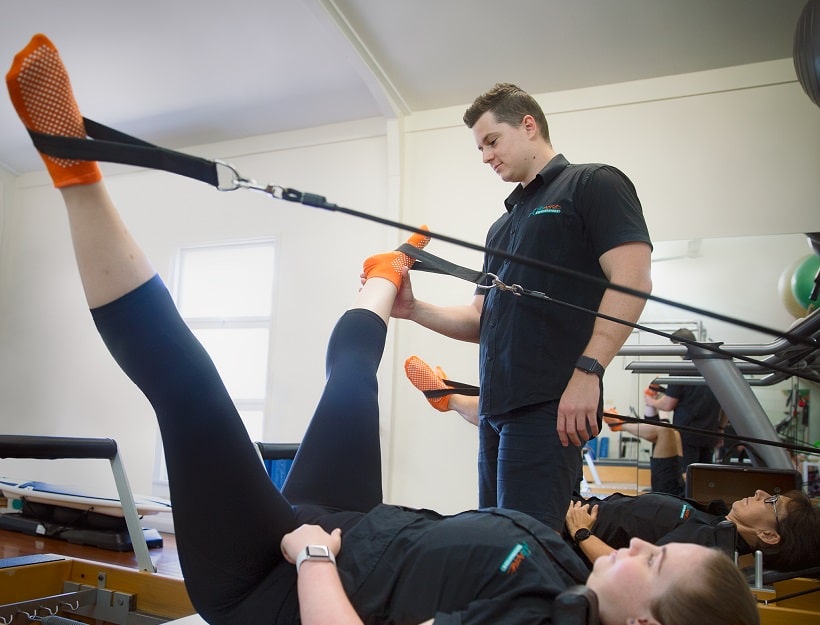Think about the anatomy of the human body for a moment. You have the bony, relatively stable pelvis and you have the bony, relatively stable ribcage. Between these two areas, you have only your spine holding you up. Most of your spinal movement is achieved through this section of the spine and it is also the area that is most commonly injured. The body’s way of combating the lack of support in this region is through a unit of muscles called the core. Unfortunately, due to our increasingly sedentary lifestyle, as a population we are losing the ability to effectively activate and utilise our core muscles, which leads to injury and the development of poor posture.
Activating and strengthening the core is the fundamental principal of Clinical Pilates. The early stages of core strengthening should be very gentle to the body, but somewhat taxing to the mind, focusing on opening the nerve pathways that allow co-ordinated contraction of the core muscles. A high degree of concentration is required during this early phase and this sets the foundation to progress safely through to very high level physical activity.
Due to the highly individualised and tailored nature of Clinical Pilates, it is a safe and, indeed, ideal form of exercise for pregnant and post-natal women. The Pilates Clinician is able to adapt and prescribe exercises that will help to maintain and/or regain pelvic floor and deep abdominal function, prevent poor posture and reduce the
risk of pregnancy related pain. It is an excellent way to prepare the body safely for the birthing process. Similarly, Clinical Pilates is an empowering way for women and men to overcome continence issues related to reduced pelvic floor strength.me
Clinical Pilates is a well researched method of improving posture, decreasing pain and realigning the spine. As opposed to group Pilates classes, it involves an individualised program based on a musculoskeletal assessment of each person. Close physiotherapy supervision and the use of Clinical Pilates equipment such as the reformer, the trapeze table and the barrel allows the exercises to be graded and tailored to the specific needs of each individual. It also provides the flexibility to adapt exercises to ensure that any underlying condition is not exacerbated. This provides the perfect environment to retrain faulty patterns of movement, improve posture and correct any biomechanical faults.
Clinical Pilates has been gaining popularity throughout Australia and the world as a method of rehabilitation from injury, posture improvement and general spine maintenance for the past 10 years. The evidence-base for this cutting edge form of exercise rehabilitation continues to grow and improve with the use of technology such as Real Time Ultrasound to ensure precision in the integration of core control into Pilates exercises and ultimately, functional and sports specific activities.
There are several classes available. Please contact 07 4084 0602 to find out more.


